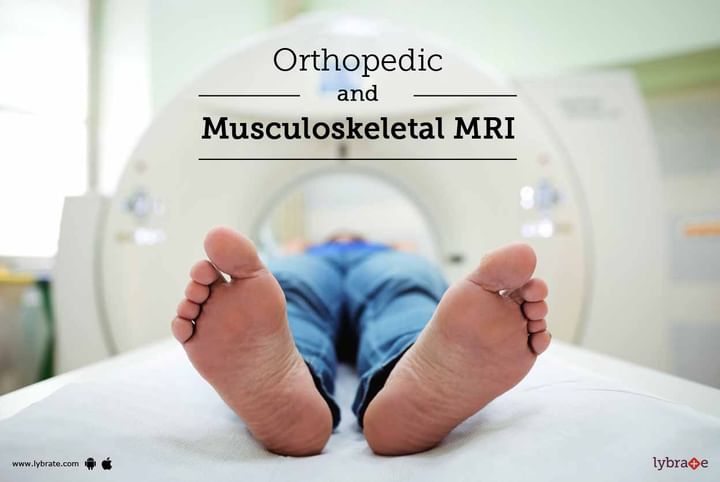Orthopedic and Musculoskeletal MRI
Gone are the days when bone ailments and damages were detected based on the experience and superficial conversations made by the physicians. These days with the advent of radio waves, medical science has made significant progress that has enabled a detailed overview of what exactly is going on inside your body and what should be the most relevant treatment in that regard. Magnetic Resonance Imaging or more commonly known as MRIs are a boon when it comes to diagnosing orthopedic and musculoskeletal complaints.
Common Uses of the Procedure:
MR imaging is usually the best choice for examining the:
- body’s major joints.
- spine for back pain
- soft tissues (muscles, tendons and ligaments) and bones of the extremities.
MR imaging is typically performed to diagnose or evaluate:
- degenerative joint disorders such as arthritis.
- tears of the menisci, ligaments and tendons (knee) or rotator cuff and labrum (shoulder and hip).
- fractures (in selected patients).
- spinal disk abnormalities (such as a herniated disk).
- the integrity of the spinal cord after trauma.
- sports-related injuries and work-related disorders caused by repeated strain, vibration or forceful impact.
- infections (such as osteomyelitis).
- tumors (primary tumors and metastases) involving soft tissues around the joints and extremities (such as muscles, bones and joints).
- pain, swelling or bleeding in the tissues in and around the joints and extremities.
- congenital malformations of the extremities in children and infants.
- developmental abnormalities of the extremities in children and infants.
- congenital and idiopathic (developing during adolescence) scoliosis prior to surgery.
- tethered spinal cord (abnormal stretching in the spinal cord) in infants and children.
The Process:
In this process, X-rays and radio waves are subjected upon the affected region to examine the conditions of the bones, tissues, muscles and also detect the presence of tumours. This is majorly a non-invasive test and is painless. It does not use ionizing rays and therefore does not harm the body in any which way. The MRIs capture a detailed picture of the organs and the internal body structures and then transmit them onto a computer screen for the physician to monitor the inside story.
The Benefits:
- MRI is an imaging technique that does not require exposure to radiation.
- MR images of the soft-tissue structures of the body (particularly muscles, bones and joints) are often clearer and more detailed than with other imaging methods. This detail makes MRI an invaluable tool in early diagnosis and evaluation of many conditions, including tumors.
- MRI can distinguish abnormal tissues from normal tissues much more accurately than most other imaging tests (x-ray, CT, etc.).
- MRI enables the discovery of abnormalities that might be obscured by bone with other imaging methods.
- The contrast material used in MRI exams is less likely to produce an allergic reaction than the iodine-based contrast materials used for conventional x-rays and CT scanning.
- MR images allow the physician to clearly see even very small tears and injuries to tendons, ligaments and muscles and some fractures that cannot be seen on x-rays and CT. If you wish to discuss about any specific problem, you can consult a radiologist.



+1.svg)
